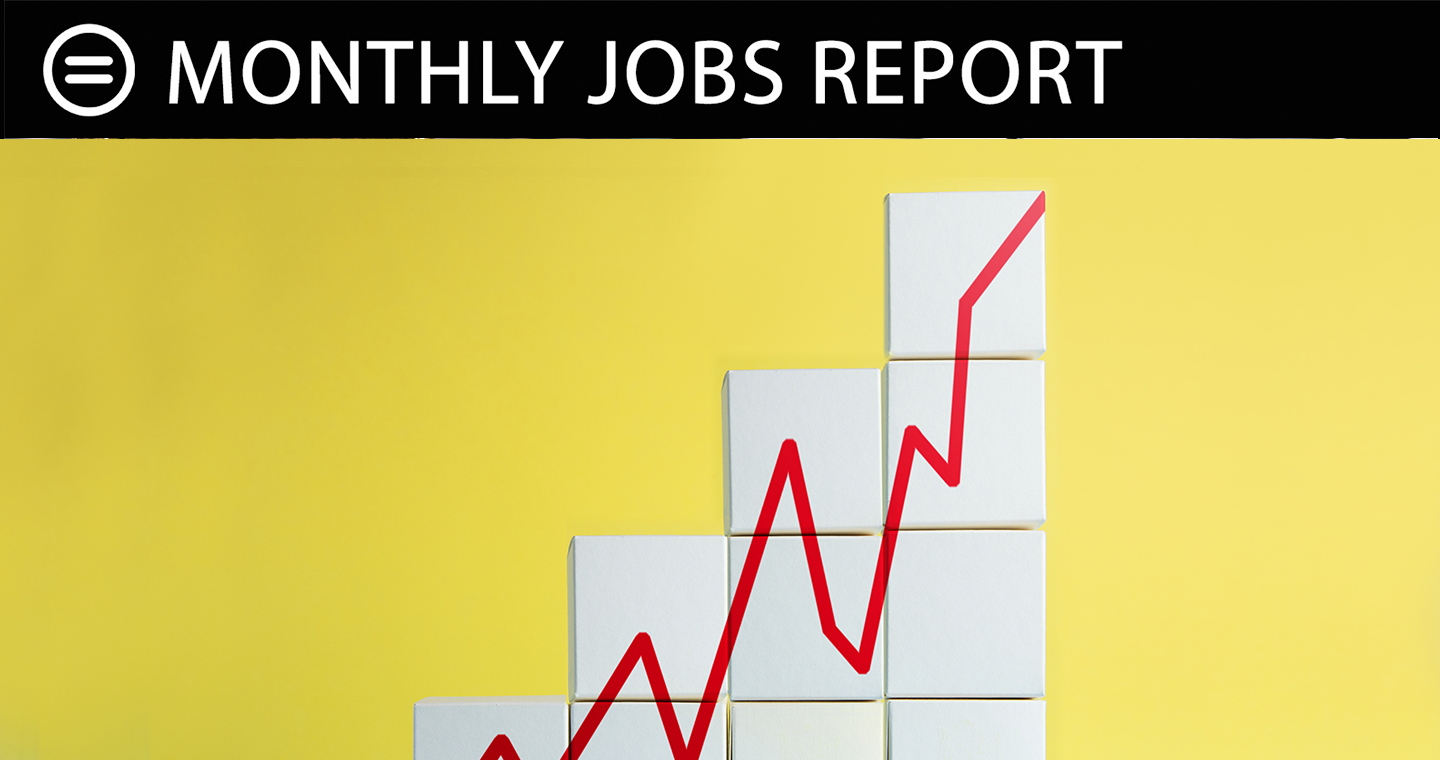August Jobs Report: Trending In a Steady Direction Toward a Soft Landing

Bernard E. Anderson, PhD
Senior Economic Advisor, National Urban League and Whitney M. Young, Jr. Professor Emeritus, The Wharton School, University of Pennsylvania
Senior Economic Advisor, National Urban League and Whitney M. Young, Jr. Professor Emeritus, The Wharton School, University of Pennsylvania
As the U.S. economy experienced a lower-than-expected job growth of 187,000 new jobs in August, more women enter the labor force
At the end of the third quarter 2023, economic growth continues at a moderate pace; with 187,000 added in August. The unemployment rate was 3.8 percent, 0.5 increase from July. Working-aged women surged into the labor force, raising the total labor force participation rate to 62.8 percent, the highest it’s been since the onset of the pandemic. Both Black and White employment grew, but while Black unemployment declined, White unemployment grew measurably, and long-term unemployment was 1.3 million, 20 percent of all unemployed people
The Federal Reserve continues to implement restrictive monetary policies in an effort to reduce inflation to 2 percent. Higher interest rates tightened financial conditions driving GDP growth below the 3 percent long-term growth rate. Bank lending standards have tightened, and loan growth has slowed sharply. Industrial production slowed and residential investment declined during the last year.
Higher interest rates helped generate lower inflation. The PCE (personal consumption expenditure) index peaked at 7 percent in June and declined to 2.7 percent in August. Supply chain disruptions have largely been eliminated. But food and energy prices are influenced by global factors that remain volatile and can provide a misleading signal of where inflation is headed.
The highly interest-sensitive housing sector shows the impact of restrictive monetary policy. Mortgage rates doubled during 2022, causing housing start and sales to fall and house prices to plummet. Growth in market rents peaked, then steadily declined in 2023. If market rent growth settled near pre-pandemic levels, housing services inflation should decline toward the pre-pandemic level.
Real wage growth boosted consumer spending contributing to the lag in the inflation response to restrictive monetary policy. That poses a quandary for the Federal Reserve; there is much uncertainty about how high interest rates should be raised and how long to keep them there in order to reach and maintain 2.0 percent inflation and maintain low inflation expectations.
At the present time, the incoming data shows little evidence of an oncoming recession. Job opening have declined substantially without increasing unemployment. There is evidence that inflation has become more responsive to labor market tightness than as the case in recent decades.
The jobs report shows the economy trending in a steady balanced direction toward a soft landing. Although employment in some industries remains below the pre-pandemic level, most industries have recovered an employment growth at a level commensurate with the decline in inflation.

